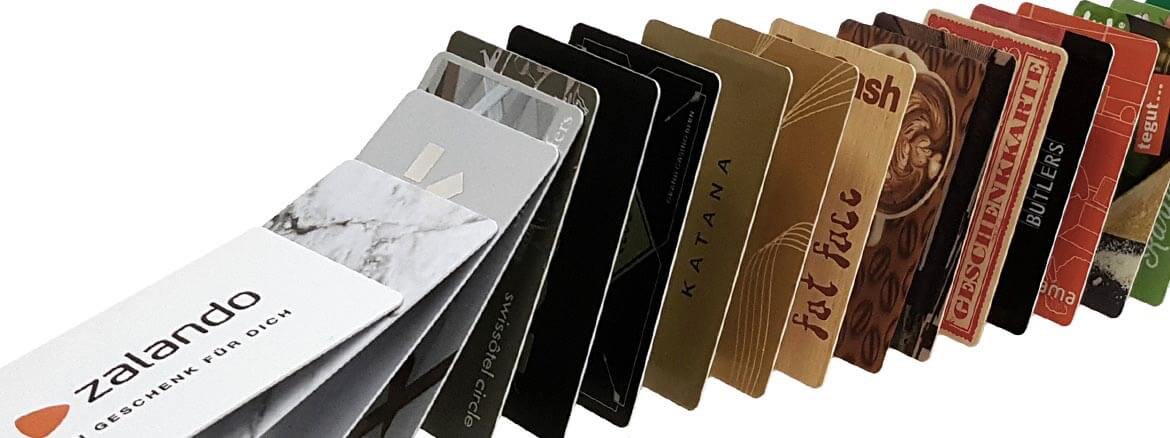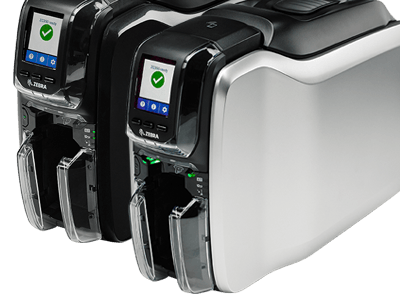Use our plastic cards as loyalty cards, gift cards, ID-cards, chip cards, RFID-cards or magnetic stripe cards. We produce, encode and personalize for every application.
COMPETENCE IN CARDS
All About Cards is your expert for plastic cards, chip cards, card systems and card printers. We print and personalize your plastic cards and ID-cards and support you starting from design creation up to card production, mailing and fulfillment or individual packaging. For us, the card is a holistic medium: It is marketing tool as well as identification medium or technology carrier.














